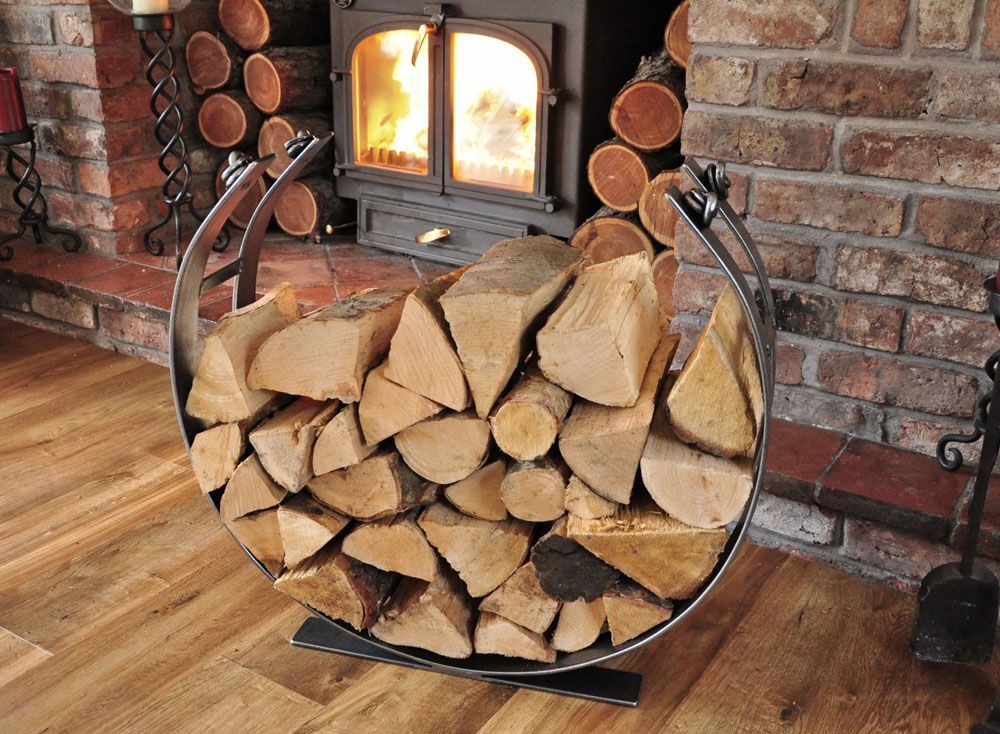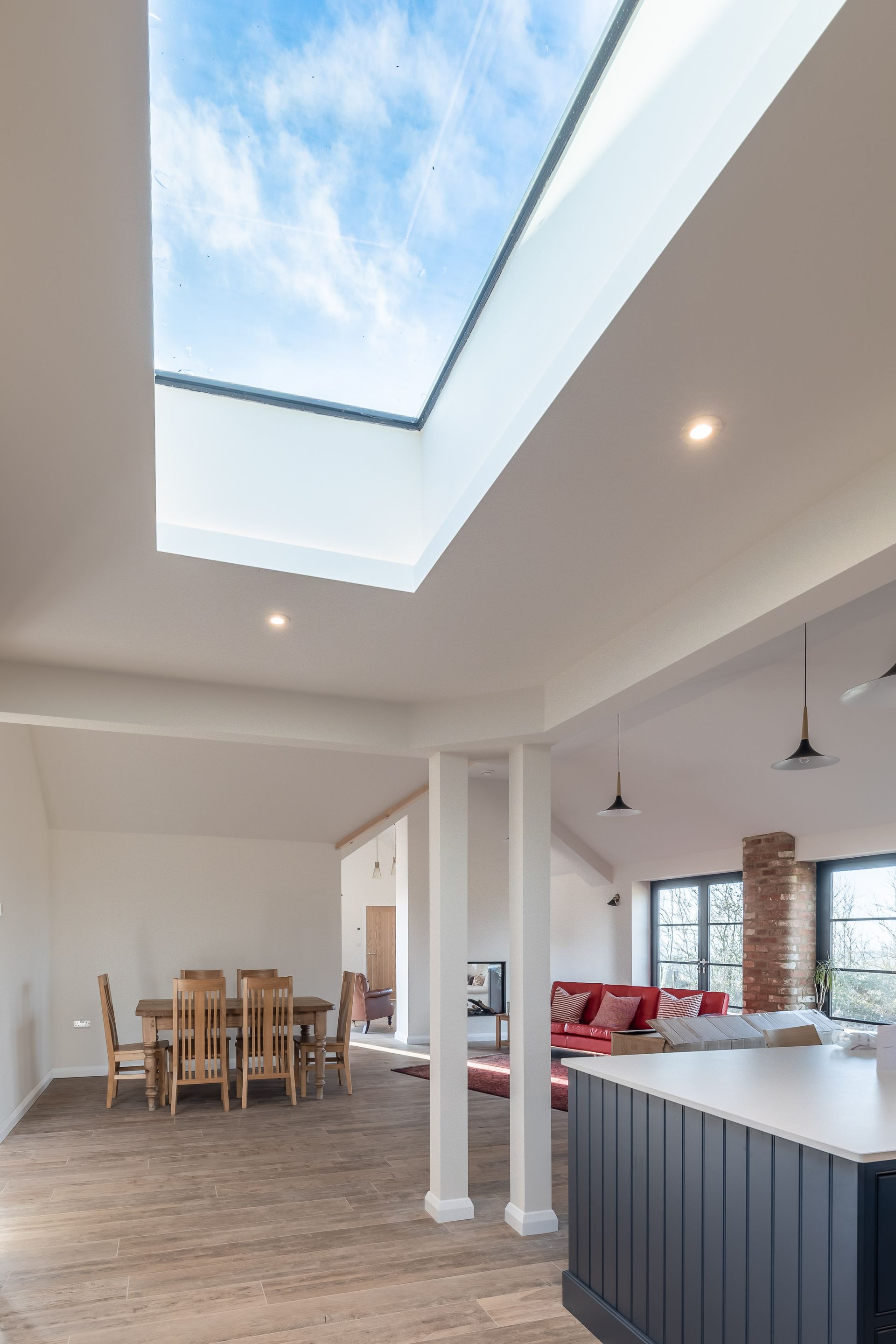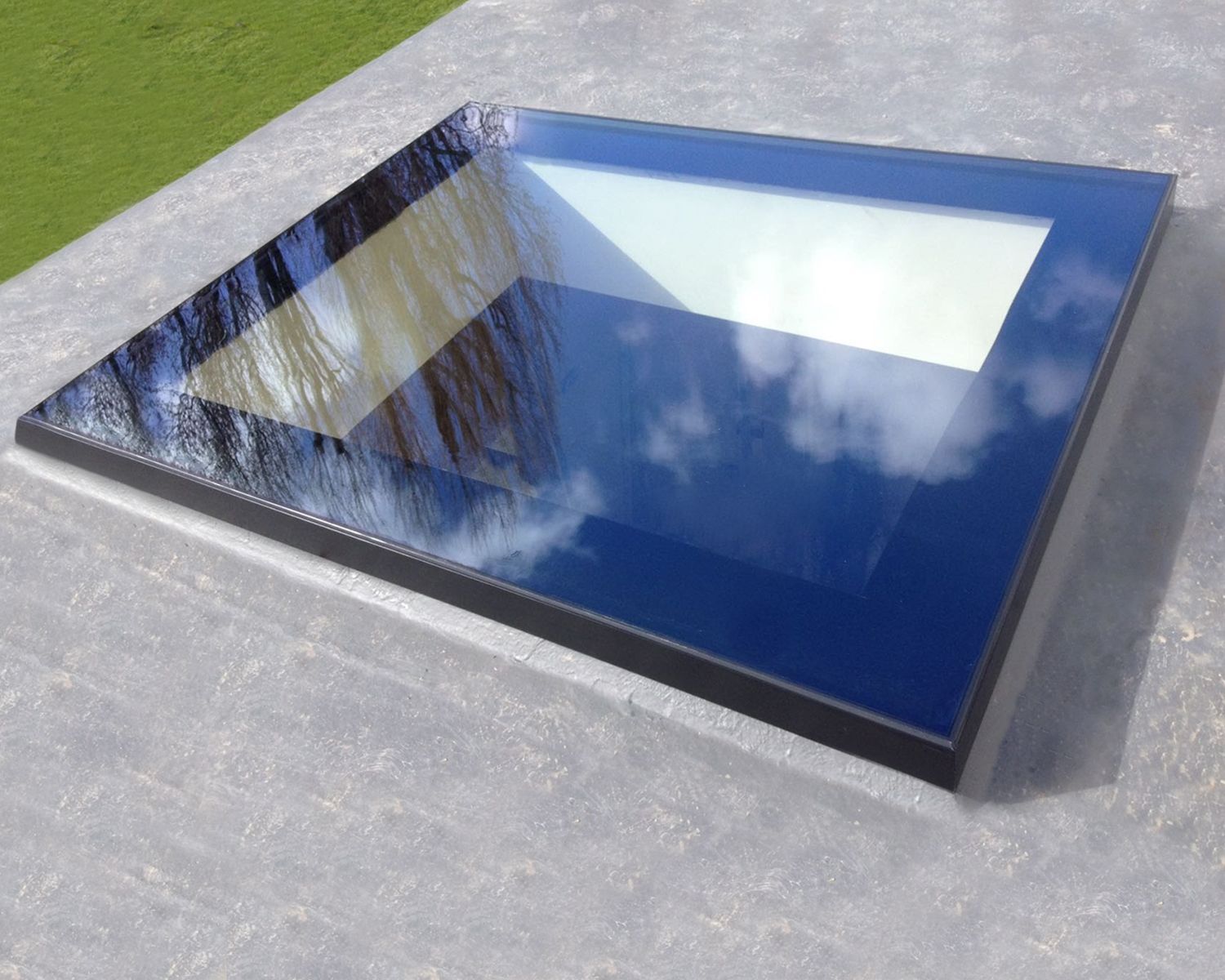Products For Heritage Buildings
Paul Trace, Director of Metal & Glass – a leading supplier of cast iron rainwater systems, highlights the importance of replicating period features in the design of new products for the heritage market.
There are some half a million listed buildings in the UK, with an upward trend in converting barns into domestic or office dwellings. , the heritage property market is still buoyant in the UK. In fact, any building standing empty whether it’s an old mill, post office or even a disused train station has potential to a property developer and are snapped up for renovation regardless of its shape or practicalities.
With any listed property it is imperative that any alteration or renovation meets regulations which may require the expertise of a Conservation Officer from the Council or English Heritage to oversee the project. Even when period properties aren’t listed, renovations or alterations should still be sympathetic to the building’s original architecture.
For example, the majority of Victorian or Edwardian buildings have cast iron gutters, downpipes and hopper heads that should be preserved as part of the buildings heritage and original character. Decorative features like cast iron hopper heads, or cast iron rainwater heads as they are more commonly known, are especially important to the architectural value of a property as it is often an indication of the building’s age by displaying either a date, coat of arms or initials.
Therefore, before making any alterations or renovations to a period property it should be a priority to consider whether external features like the rainwater system can be restored. If however, the external feature is beyond repair then ideally it should be replaced with the same material as conservation bodies such as the SPAB (The Society for the Protection of Ancient Buildings) would generally suggest.
Sourcing the right materials for alterations and renovations that meet regulations is essential however, this can pose a problem, especially if the material is no longer manufactured. For example, rainwater products or gutter brackets would have been manufactured at a foundry situated in the same vicinity as the property. Unfortunately the majority of local foundries no longer exist, making it more difficult to obtain a particular profile.
Metal & Glass have taken this into consideration and have produced a number of traditional cast iron gutter and down pipe profiles that replicate original period designs. This includes profiles that are also specific to regions.
Even with this variety of profiles, sometimes an unusual shape means a bespoke piece has to be cast. This happens frequently with ornate decorative features such as a hopper head as finding a reproduction of an original design is virtually impossible. Where there is only one surviving hopper head, cast iron foundries can replicate the original to produce a matching pair. This skilled process is achieved by hand carving the decorative pattern onto wood supported by a rigid framework and then pouring resin into the carving.
This proves that every aspect of the exterior of a period building has historic value. It is important that further investigation into restoring the original feature is carried out or a heritage product that replicates the original design in the same material is sourced.
Heritage building products offer huge benefits, not only are they in keeping with the original architecture but they are often more durable than off the shelf products. For example, cast iron is renowned for its longevity hence the number of historic rainwater systems still functioning.
As mentioned earlier the trend of converting disused buildings and the popularity of loft conversions has created a demand for specialised heritage products. Adapting these buildings has become a sensitive issue especially when the property has historic value. Most alterations have to meet strict conservation regulations, which can often present huge challenges to the developer especially if the property was never intended for domestic purposes.
One of these challenges is introducing natural light into the property, which is why a rooflight is an absolute godsend. Ironically rooflights were introduced by the Victorians to introduce light into agricultural buildings during the 19th century. Now, everywhere you look rooflights are used as an ideal design solution to convert roof areas into functional living quarters.
Due to the rooflights ability to introduce an even distribution of light to large low-level structures discretely but effectively, they are a popular option when a converting building such as a barn. In most cases agricultural buildings are situated in conservation areas and are often listed. A period property that is undergoing a loft conversion may also be located in a conservation area or if listed, will have to adhere to heritage regulations. Therefore if a rooflight is going to be introduced it has to meet the conservation specifications of that particular area or type of building. Matthew Slocombe of SPAB (Society for the Protection of Ancient Buildings) advises:
“Domestic conversions are not always suitable for old farm buildings. Where it’s the only way to secure an old barn’s future, ensuring the detail of the conversion work is sympathetic will be crucial to the scheme’s success. Sympathetic detailing is also likely to be a condition of consent, if the barn is listed or in a conservation area. New openings should generally be kept to a minimum and should be of a simple form that respects the farm building’s character. If rooflights are needed the Local Planning Authority will normally require a flush-fitting type.”
The requirement of a rooflight to sit flush is the main difference between a normal rooflight and a conservation rooflight. As a result of the strict regulations, conservation rooflights have become a recognised heritage product that is often suggested by organisations such as SPAB and English Heritage. It is also a common requirement that there is a minimum amount of visual framework especially when rooflights are linked together. In these cases steel conservation rooflights are ideal as they are made specifically to provide slender sections which are unobtrusive.
As pointed out earlier, new openings should be kept to a minimum within a barn conversion. However, given that rooflights let in vast amounts of natural light this shouldn’t pose too much of a problem. Sunspots are another product that can be used in a conservation environment to further enhance natural light but again, is not allowed to be obtrusive to the architecture.
Even though conservation products replicate traditional designs they can benefit the property with their insight into modern day requirements. Most materials and products now have to boast themselves to be energy efficient or sustainable in a bid to reduce carbon emissions. For instance, a conservation rooflight is energy efficient due to the amount of natural light it introduces.
“The SPAB has always felt that, with respect for historic fabric, and use of good design, craftsmanship and traditional materials, it is often possible to add to an old building imaginatively and sympathetically,” concludes Matthew Slocombe of SPAB.
Even though there are huge amount of heritage products available on the market it is always advisable to seek advice from experts such as Metal & Glass.

All Rights Reserved | METAL & GLASS LTD
Company Number | 12113002





